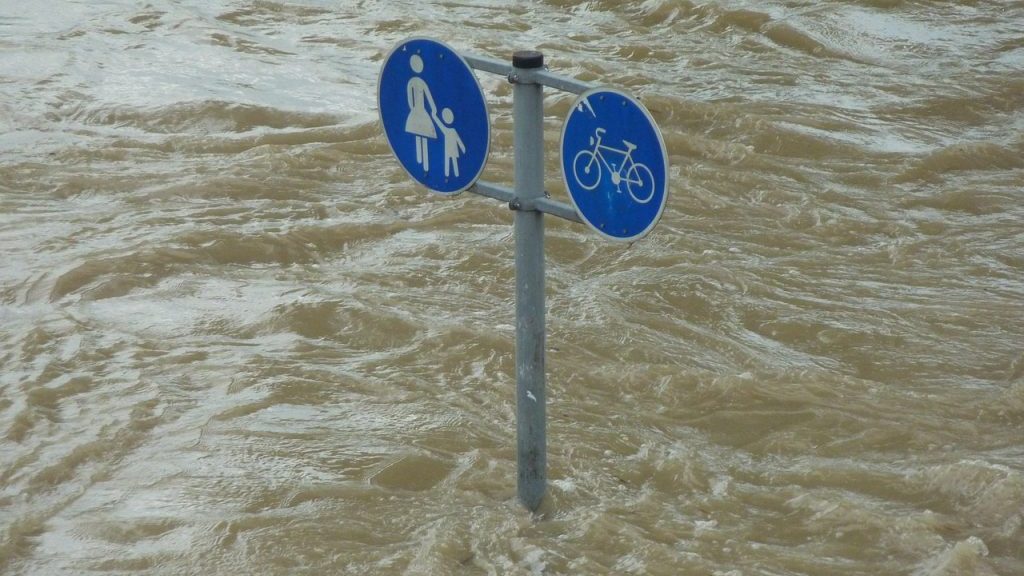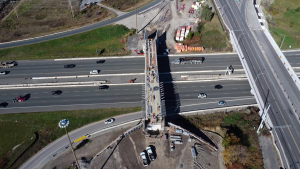A new report from the Intact Centre on Climate Adaptation at Ontario’s University of Waterloo calls for national action to recognize the value of natural infrastructure such as wetlands in flood protection policy.
The report, titled Combatting Canada’s Rising Flood Costs: Natural Infrastructure Is an Underutilized Option, said flood risk is the number one climate resilience challenge facing Canada but built solutions to deal with flood threats are only a third-best option.
“All levels of government must consider making investments into natural infrastructure alongside grey infrastructure for flood resilience,” said report co-author Natalia Moudrak of the Intact Centre. “As a rule of thumb, the cheapest investment in natural infrastructure is retain what you have, restore what you have lost and build what you must.”
The key message of the report is said to be, “Canada cannot afford to lose more natural infrastructure assets like wetlands and ponds in its overall effort to limit the growing costs of floods, droughts and other natural disasters.”
Natural wetlands act as a sponge during major storm events but the urbanization of Canada, including developing lands for agriculture, has removed that key function.

In southern Ontario, 72 per cent of wetlands have been lost to agricultural and urban sprawl, in Alberta the figure is over 60 per cent and in British Columbia between 70 and 85 per cent of wetlands have been lost.
Land use planners have “underutilized” the ideal option of planning communities around natural water systems, Moudrak said, even though it is generally the cheapest move.
“We have been looking at built infrastructure to tackle the challenge, as opposed to natural and built solutions side by side, and really assessing the total economic value of natural versus built,” she said.
The paper offers four case studies of valuation of natural or naturalized infrastructure, citing Gibsons, B.C. as being the first example where natural ponds located in the city were included in an asset management plan as part of a national Municipal Natural Assets Initiative (MNAI).
“They were the first ones to work with the MNAI to start quantifying natural infrastructure assets in terms of the benefits they provide for municipal service delivery,” Moudrak explained, noting 10 or 15 other municipalities across Canada are now participating in the program.
The Intact Centre itself worked with the Grand River Conservation Authority to assess the impact of a potential one-in-500-year storm on Uptown Waterloo. Stantec was hired to model the damage to homes, industries and other sectors with and without wetlands.
“We found there is almost a 40-per-cent flood damage cost savings achieved just by keeping the wetland complex intact under a 500-year storm, which is massive. That is $50 million of value in terms of flood damage avoidance,” Moudrak said.
The value accrues also to homeowners whose basements are not flooding, commercial building owners with damage foregone and business disruption avoided, she added.
Other case studies included a 250-metre naturalized channel in Oakville, Ont. that provides $1.24 million to $1.44 million of stormwater conveyance and storage annually, and an engineered wetland in Manitoba that is valued at $3.7 million for the flood reduction, water quality improvement and carbon sequestration it provides.
The development sector, seemingly left out as natural solutions are promoted ahead of more costly built solutions, still has a major role to play in the development of a national framework to further the uptake of an infrastructure strategy, said Moudrak.
“Developers have a big role to play,” she said.
“New flood resilient community design standards that are going to come out in October next year talk about their role of preserving nature to help attenuate flooding. They also have a role to play when they are looking at site design plans to see if there is an opportunity to preserve some of the natural infrastructure assets that exist. We have seen some examples where a developer, by preserving a wetland and enhancing it, they have created a benefit to downstream communities in terms of reduced flooding damages.
“By doing so, they are going to see benefits to their brand and in community support.”









Recent Comments
comments for this post are closed